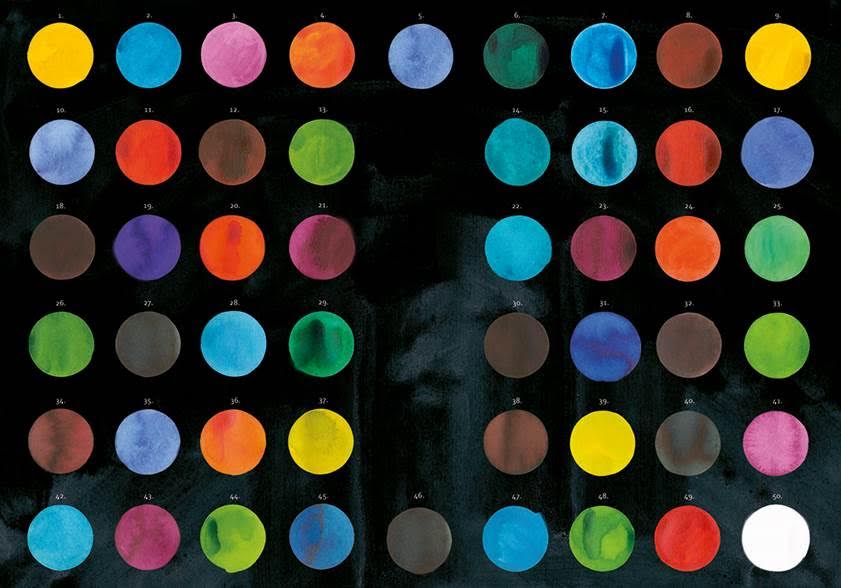Coming in at 681 pages, Killing Commendatore (Harvill Secker 2018), the latest novel by Japanese author Haruki Murakami, is certainly not a light summer read. There is a reason, however, that Murakami is famous – this is a work of art. The narrative is mysterious, compelling, engaging and thought-provoking. This is a story with so many twists and turns the reader is never sure where we are going to end up. The characters are complex and thoroughly well-depicted; Murakami probably knows these people as intimately as he knows himself. Maybe even more so, because he has interrogated their motivations and backgrounds with such ferocity and chronicled their personalities in such minute detail.
The protagonist is a recently separated portrait painter who, after a long road trip trying to come to grips with the loss of his marriage to his wife Yuzu, goes to live in an old house belonging to a famous painter Tomohiko Amada (the father of an art school friend, Masahiko) who is now in a nursing home. There he finds isolation and quiet in the pristine mountain forest. But soon after moving in, he discovers a painting hidden in the attic – a skilful and arresting artwork depicting the killing of a commendatore (a figure from Japanese history) in a bloodbath battle. The five figures in the painting capture his attention – it is a violent and savage work, perhaps linked to Mozart’s opera Don Giovanni. Curious, he begins to research the life of Amada and discovers the little-known history of his involvement with a plot to assassinate a Nazi sympathiser. His discovery of the painting unlocks a mysterious chain of events that includes his strange neighbour, the obsessive Wataru Menshiki; the unusual 13-year-old art student Mariye and her aunt Shoko; and a host of other characters that I cannot reveal without spoiling the plot. Suffice to say that the book strays into magic realism and is so full of metaphors and laden with allegory that it takes self-analysis and contemplation of the meaning of life to a whole new level. When Mariye goes missing, the protagonist must delve deep into his own psyche and call on all his powers of perception to discover the truth.
The themes of this book are wide-ranging and complex but include grief and loss, death, yearning, identity and the study of the self, and reality versus the imagined. The book explores the relationships between parents and their children in all stages of life. And it is a devotion to art and the artist, exploring the development of artistic skill, the artistic muse, the motivations behind art and the actual practice of creating art.
There is really so much in this novel, so many layers to uncover, so many rabbit-holes of curiosity to dive into, and although opening a heavy tome of almost 700 pages feels a bit intimidating, this story is worth the ride. Murakami carries the reader along carefully with each chapter, never giving us more than we are able to digest. Gradually, like a frog in a slowly boiling pot of water, we consume larger and larger chunks of action and character development, until by the end we are amazed that we have come so far. What might have seemed ludicrous or outrageous at the beginning feels inevitable and logical by the end. Things that at the start we might have sworn we simply could not believe become perfectly rational and justifiable.
This book will make you think about many, many aspects of life, death, art, relationships and desire. But the language is never dense or the narration cloudy. At one point the protagonist states: ‘We all live our lives carrying secrets we cannot disclose’ and it is this statement that for me summarises the intricacies of this novel.

